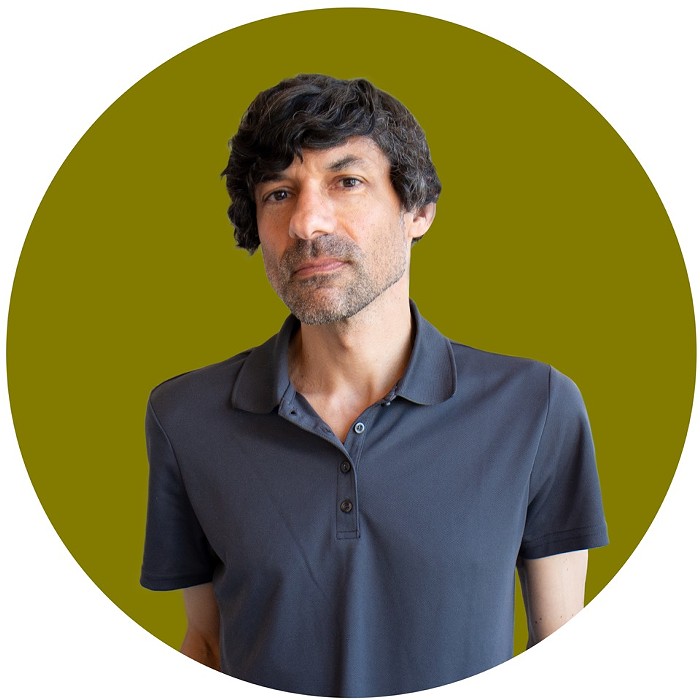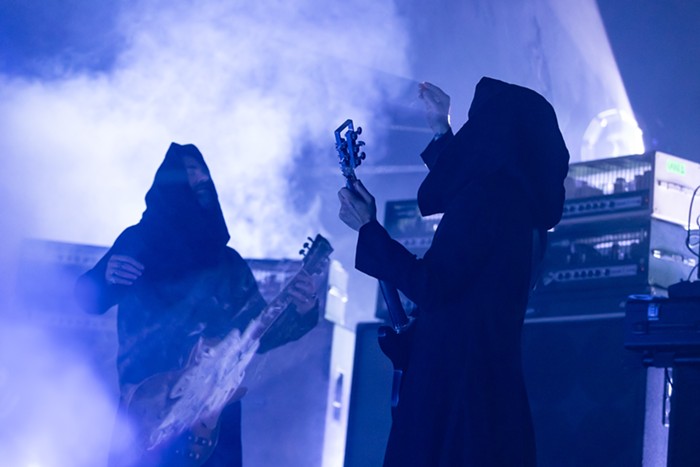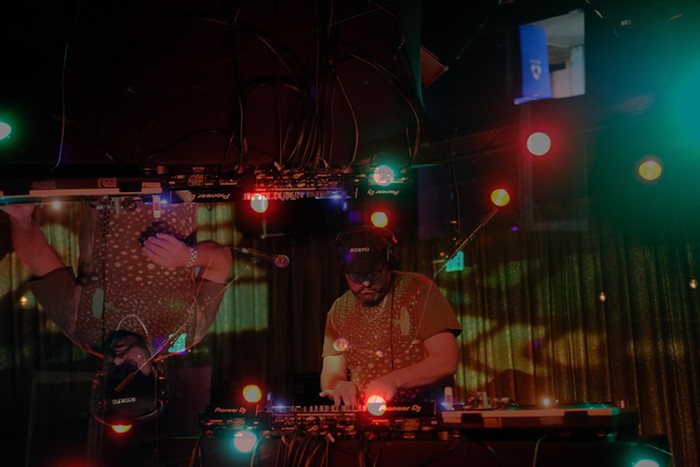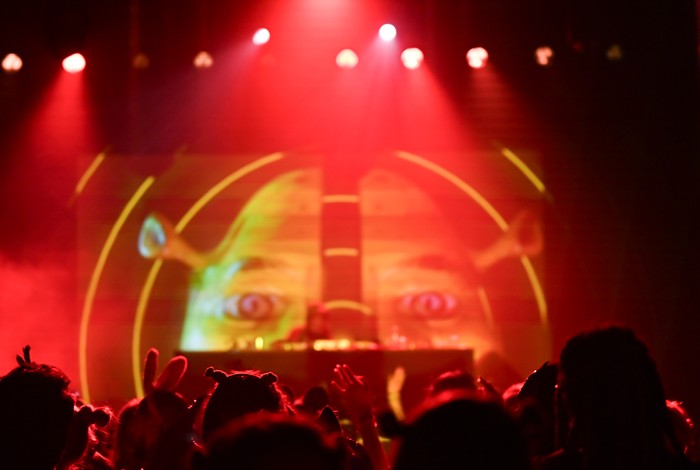Punk? Listening to the Field's gaseous, blissful techno, you wouldn't think that the scruffy, angst-ridden style of rock that ramalama-ed into being over 30 years ago would have anything to do with this Swedish producer's lush, trance-inducing output. But the Field (aka Stockholm's Axel Willner) started making music at age 13, inspired by punk acts like the Ramones and the Misfits. Now he's recording for ANTI- in America (Kompakt Records still distributes the Field's releases in the rest of the world), the label run by Brett Gurewitz of punk lifers Bad Religion. So Willner's come full circle in a way.
If that background doesn't hew to typical electronic-musician biography, then neither does the Field's rise to becoming the techno artist with perhaps the highest recognition factor by rock-centric blog readers. (Never underestimate the boost that a rave Pitchfork review can give an artist, as it did when the Field's 2007 debut full-length, From Here We Go Sublime, received a 9.0 rating from the site.)
How did this happen? The ingredients in the Field's releases don't exactly radiate commercial gold. Influenced by shoegaze immortals Seefeel and My Bloody Valentine, dream-pop glossolaliacs the Cocteau Twins (whose vocalist Liz Fraser is sampled in the Field's "The More That I Do"), and Wolfgang Voigt's Gas project, Willner atomizes vocal snippets into phonemes and rhythmic accents. Through their cumulative power, they coalesce into an immersive sound stream that swirls around and augments the subliminal 4/4 beats and keyboards and strings that Willner generates with a program called Buzz. The result, as Willner observes, places his music somewhere between "the dance floor and the living room."
The Field's sound is rich yet fairly simple and straightforward. It relies heavily on minimal techno's staunch, muted 4/4 pulse and an agglomeration of tweaked textures, but it's not so much anthemic dance music as it is a soundtrack for drifting—mentally and physically. Whereas much techno bangs you into movement, the Field forges sonic cloud nines from wisps of treated and repeated human voice, swaddling you into contemplation, lulling and lifting you into pleasant reveries, and at their most propulsive, as they are on about half of the new album Yesterday and Today, nudging you into gentle swaying and shuffling. Listening to "Sun & Ice" (huge, glitchy error and all) or his contributions to Kompakt's Pop Ambient comps, you may experience a snow-blinded vertigo. At their best, the Field's songs impact you like the mellowest, most gradual hit of E imaginable.
Of course, the line that separates mesmerizing from monotonous is slim. Discerning between the two is what separates electronic-music stars from mediocrities, and the Field succeeds more often than not. Sometimes it seems as if Willner's songs are too overwhelmingly pleasurable, as he keeps pouring on the bliss for 10 to 15 minutes at a time, like some kind of reverse sadist.
Willner laughs and explains, "Well, that's how I like the music that I listen to myself. But I agree, it's a thin line and sometimes I take it too far. I like to push the limits, but then I do love repetitive stuff, so if you don't, the Field will be shit."
Still, much of the Field's charm and what probably lures in the indie rockers is his distinctive way with vocal loops. He engineers a transportive stuttering and ululating that allows the Field to allude to emotional states without seeming overly blatant or literal. The listener can easily project memories and meanings onto these pieces or simply get lost in the aural ambrosia. (The one exception on Yesterday and Today is the cover of the Korgis's 1980 hit "Everybody's Got to Learn Sometime," a lush, vaporous ballad akin to 10cc's "I'm Not in Love," featuring Victor Tarré's vocals.)
Between Sublime and Yesterday and Today, Willner's creative process changed, a transformation that also has prompted him to enlist a band on this tour.
"The preproduction is still the same: me making loops by myself, but the recording and arranging is very different this time," Willner says. "When I was touring From Here We Go Sublime, I got weary of standing there with a laptop and some effects. I didn't feel free to do what I wanted. I asked some of my friends to play with me, and it felt much better to leave the computer behind and use a sampler instead. Everything now is much more free in a jam-style way. The shows vary depending on our mood. It's more open."
Willner's yearning for more live instrumentation led to his collaboration with Battles' phenomenal drummer John Stanier on "Yesterday and Today," the new disc's standout. When Stanier enters, the track achieves an earthy funkiness previously unheard on Field recordings. The keyboards and guitars smear and drone psychedelically, and it feels as if we've entered a memorable Krautrock groove to rival Can's. Speaking of Germans, "Sequenced" darkly arpeggiates like late-'70s Tangerine Dream gone kosmische disko, but with less bratwurst in its system.
Who says it's not punk to end an album with a 15-minute synth jam? ![]()




















